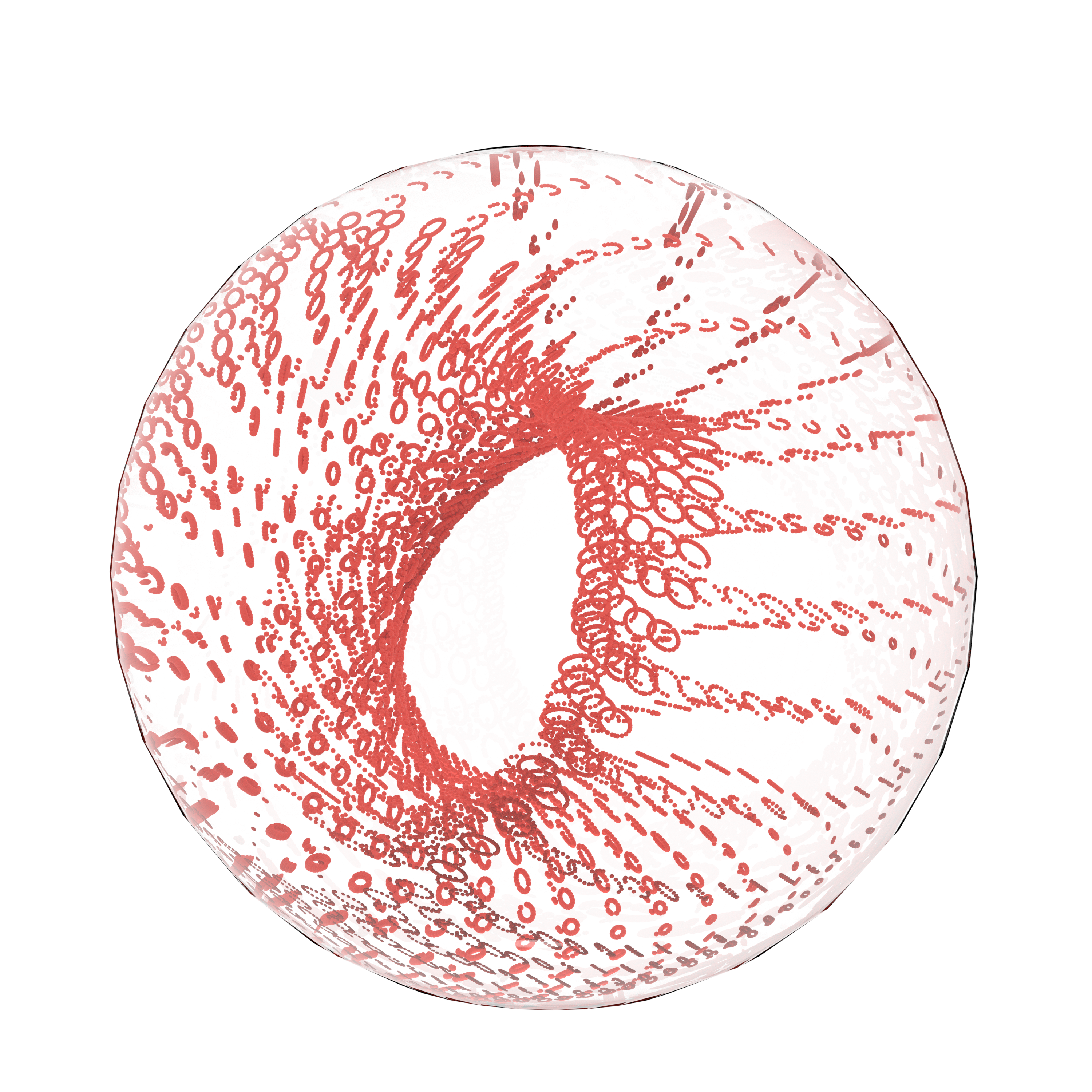Combined Dynamics Theories Applied to Orbit and Attitude
Motion with Chaos
 Combining dynamical systems theory (DST) with continuum mechanics may enable to trace fundamental structures of motion within chaotic orbit-attitude dynamics. DST can be readily applied to chaotic systems, but only under a number of restrictive assumptions. Concepts from continuum mechanics can link the DST framework with higher-fidelity models, such as those required to interpret the dynamics of natural bodies or to design space missions. Orbit-attitude dynamical structures are a key to understanding the motion of celestial objects and can be used to develop flight operation strategies in otherwise prohibitive dynamical conditions.
Combining dynamical systems theory (DST) with continuum mechanics may enable to trace fundamental structures of motion within chaotic orbit-attitude dynamics. DST can be readily applied to chaotic systems, but only under a number of restrictive assumptions. Concepts from continuum mechanics can link the DST framework with higher-fidelity models, such as those required to interpret the dynamics of natural bodies or to design space missions. Orbit-attitude dynamical structures are a key to understanding the motion of celestial objects and can be used to develop flight operation strategies in otherwise prohibitive dynamical conditions.
Figure: Schematics of an n-Torus structure that may represent bounded trajectories within chaotic dynamics.
